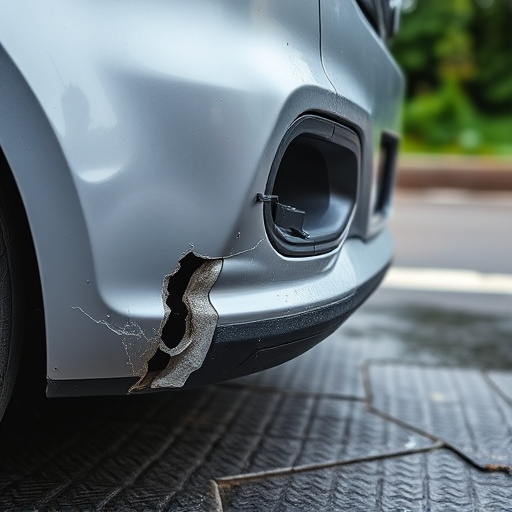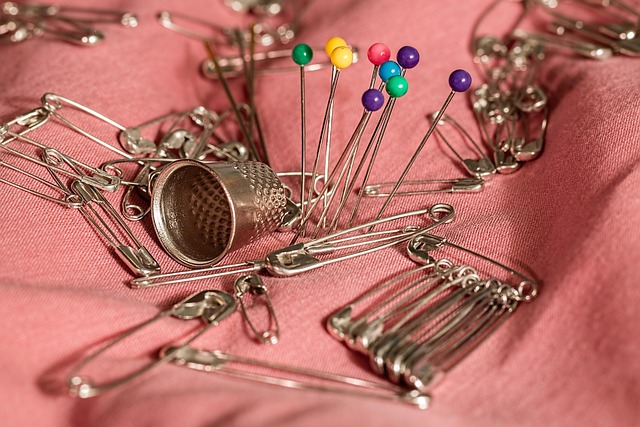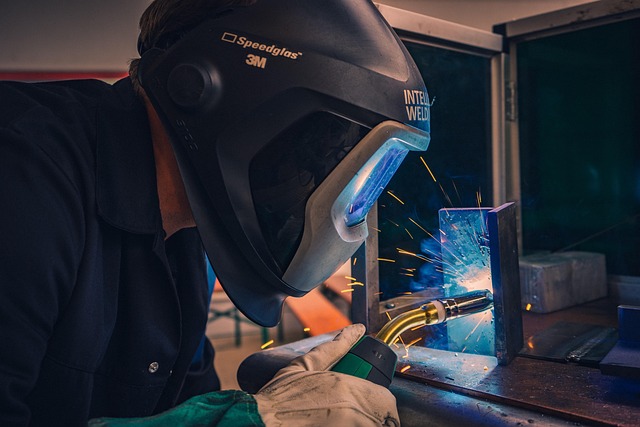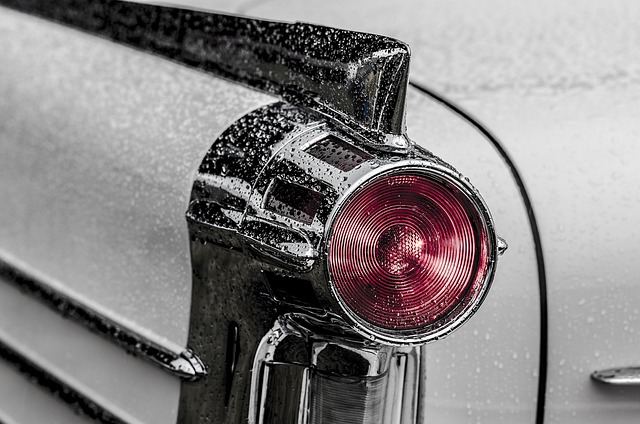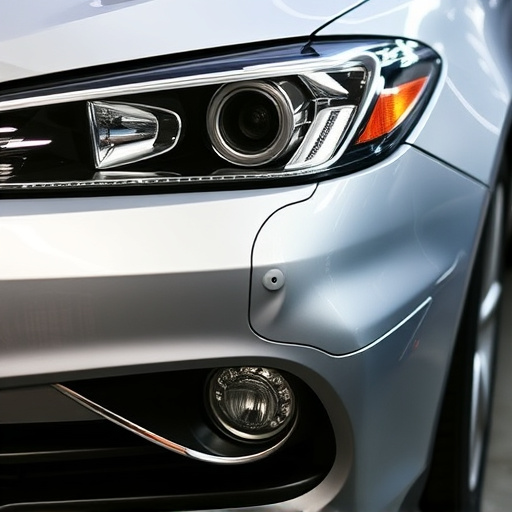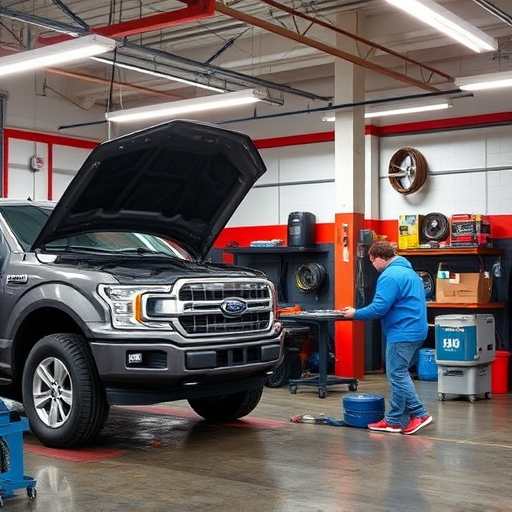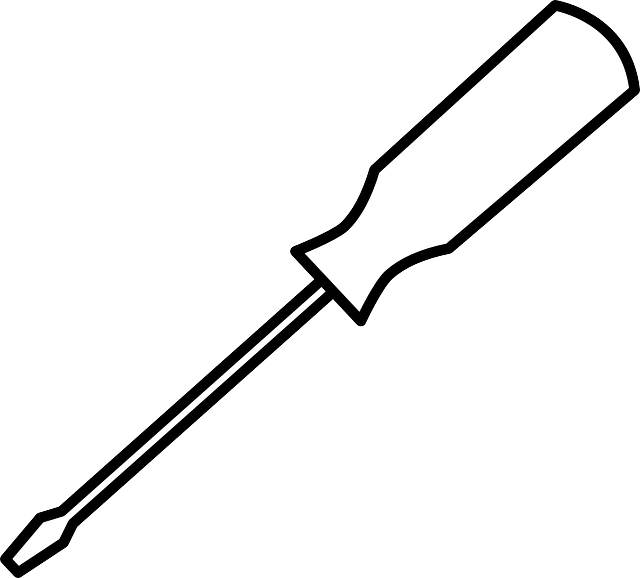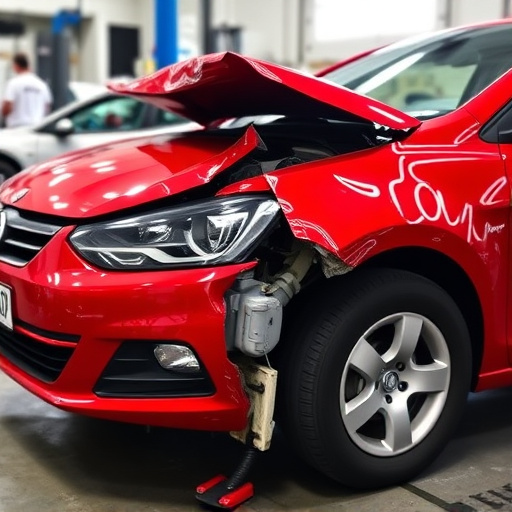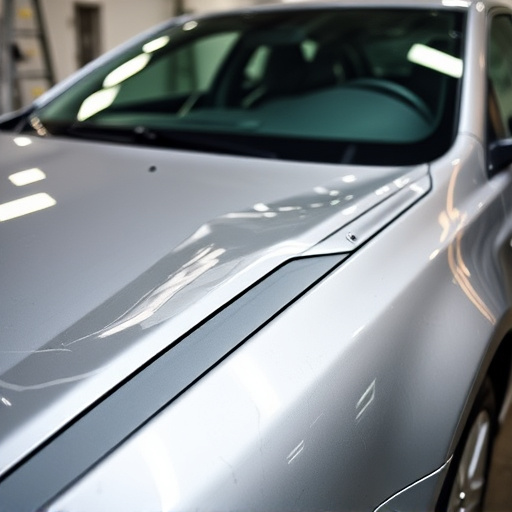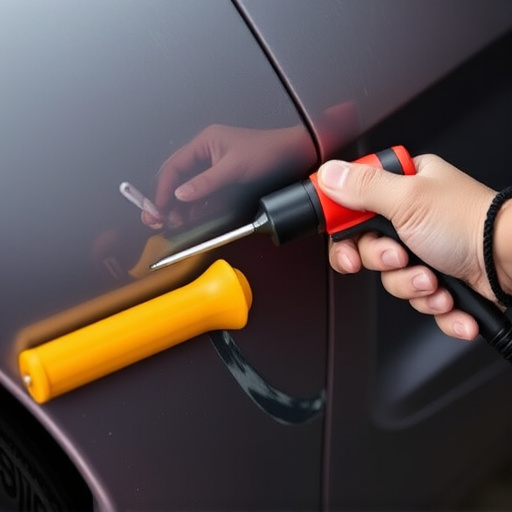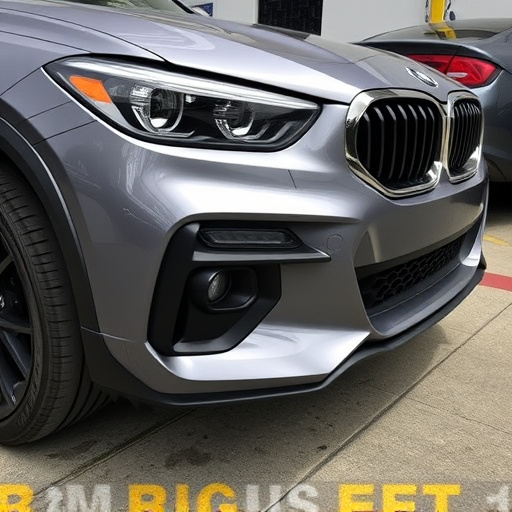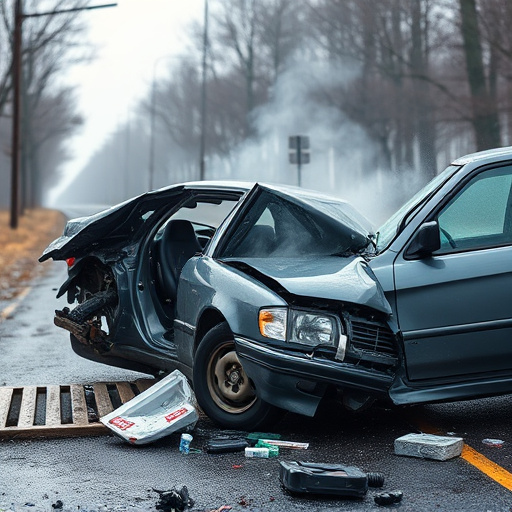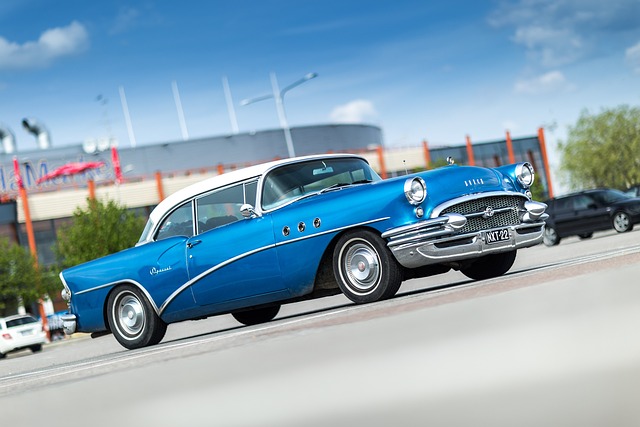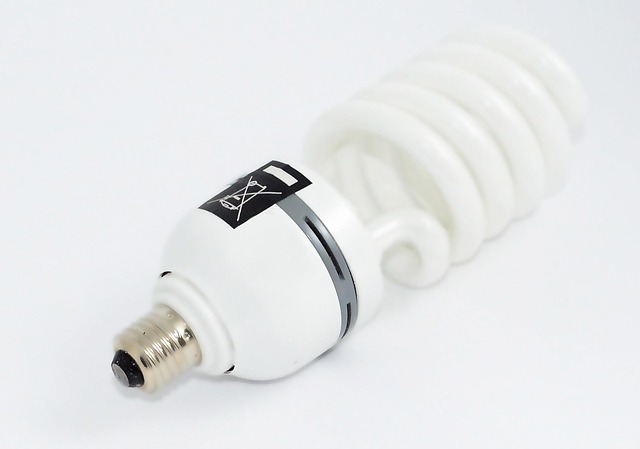Computerized paint matching technology has revolutionized automotive restoration and collision repair, offering precise color replication through advanced algorithms that analyze hue, saturation, and luminosity. Once confined to professionals, modern systems are now accessible to auto centers, enabling faster repairs with superior quality finishes. While requiring accurate data input, continuous advancements promise reliable solutions for both experts and enthusiasts, ensuring flawless results.
Computerized paint matching technology has revolutionized the automotive and refinishing industries, promising precise color accuracy. However, numerous myths surround its capabilities and limitations. This article demystifies computerized paint matching, offering insights into how it works, debunking common misconceptions, and exploring its advantages and limitations. By understanding this technology, professionals and enthusiasts alike can make informed decisions regarding color matching and restoration projects.
- Understanding Computerized Paint Matching Technology
- Debunking Common Misconceptions
- Advantages and Limitations Explained
Understanding Computerized Paint Matching Technology
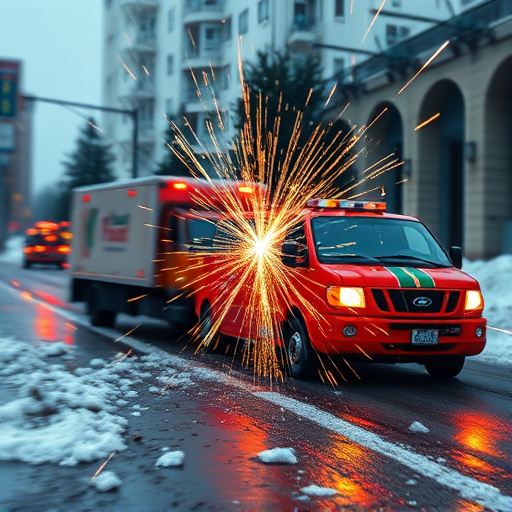
Computerized paint matching technology has revolutionized both automotive restoration and collision repair industries by offering precise color replication for a seamless finish. This innovative system uses advanced algorithms to analyze and match colors accurately, taking into account various factors like hue, saturation, and luminosity. Unlike traditional methods relying on human eye judgment, which can be subjective, computerized paint matching ensures consistent results, saving time and reducing errors.
The technology works by scanning the surface of a vehicle part or tire service, extracting color data, and comparing it with a vast database of available paints. This digital approach not only speeds up the process but also enhances accuracy, ensuring that the new paint matches the original perfectly. By embracing computerized paint matching, professionals in automotive restoration can achieve better outcomes, meet client expectations, and even streamline their workflows.
Debunking Common Misconceptions
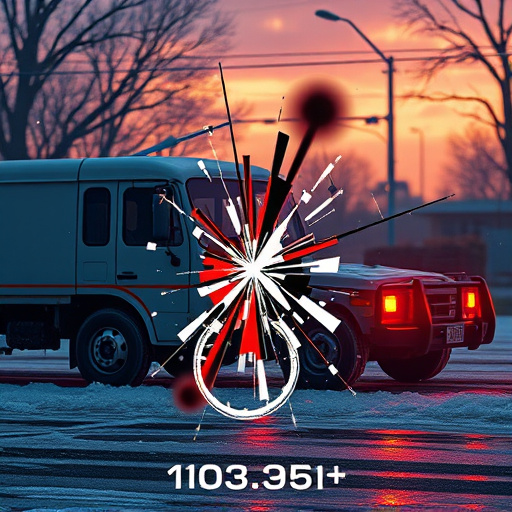
Many individuals, especially those outside of the automotive industry, hold several misconceptions about computerized paint matching technology. One common misunderstanding is that these systems are incapable of accurately matching the colors of vehicles with complex or unique finishes. However, modern computerized paint-matching technologies employ advanced spectrophotometry and intricate algorithms to analyze and reproduce even the most subtle nuances of color, ensuring precise results across a wide range of coatings.
Another prevailing belief is that these technologies are exclusively reserved for professional auto body shops and vehicle restoration facilities. While specialized body shop services do extensively utilize computerized paint matching for their high-precision work, this technology has become increasingly accessible. Many auto collision centers now employ these advanced systems to streamline their repairs, offering faster turnaround times and higher-quality finishes for customer vehicles, regardless of the complexity or uniqueness of the paint job.
Advantages and Limitations Explained
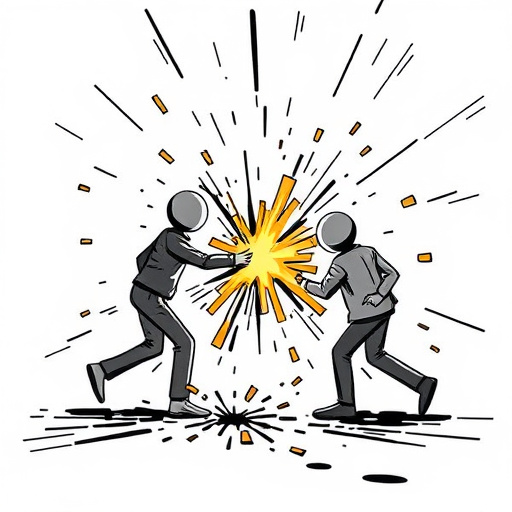
Computerized paint matching technology offers several advantages for both professional collision repair services and amateur car body restoration enthusiasts. This innovative system utilizes advanced algorithms to analyze and match colors precisely, ensuring a flawless finish on repainted surfaces. By comparing pigments at a molecular level, these machines can reproduce even the most subtle shades, making them indispensable tools for achieving high-quality results in auto repair near me or at home.
Despite its benefits, computerized paint matching is not without limitations. The technology requires accurate data input and calibration to deliver consistent outcomes, which may pose challenges when dealing with rare or custom colors. Additionally, factors like aging, environmental conditions, and surface preparation can still influence the final match, demanding a certain level of expertise from users. However, continuous advancements in this field promise to overcome these hurdles, making computerized paint matching an ever-more reliable solution for those seeking to perfect their auto repair and restoration projects.
Computerized paint matching technology has transformed the automotive and painting industries, offering precise color reproduction and efficient matching processes. By debunking myths and understanding its capabilities, professionals can leverage this technology to deliver superior results. While advantages like speed and consistency are undeniable, limitations such as material compatibility and human oversight remain. Ultimately, embracing computerized paint matching empowers painters to enhance accuracy, streamline workflows, and meet customer expectations in today’s competitive market.
